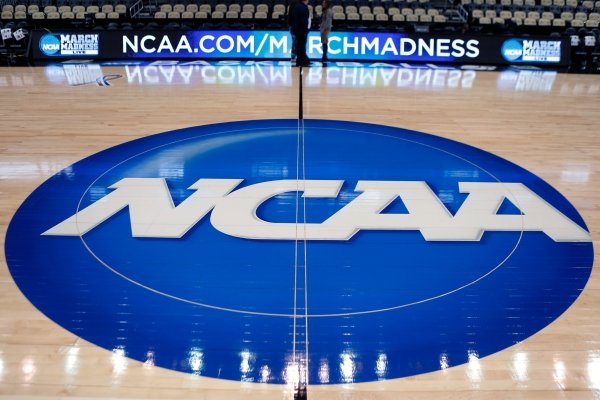The 3-point line for Division I men's college basketball will be extended beginning with the 2019-20 season.
The NCAA Playing Rules Oversight Panel approved Wednesday moving the 3-point line - 20 feet, 9 inches since the 2008-09 season - to the international distance of 22 feet, 1 3/4 inches.
Men’s Basketball Rules Committee members recommended the change after they received positive feedback from coaches whose teams played in the 2018 and 2019 National Invitation Tournament, where the international 3-point distance was used experimentally.
Arkansas participated in the NIT in 2019 and went 1-1, defeating Providence on the road prior to losing at Indiana.
In its two NIT games this postseason, Arkansas made 18 of 47 3-point attempts (38.3 percent).
The average 3-point percentage in the NIT was 33 percent, compared to the average of 35.2 percent during the regular season by teams in the NIT field.
"(The extended 3-point line) is going to alter a lot of things with a lot of players," Arkansas coach Eric Musselman said in an interview with WholeHogSports last month in regards to the potential rule change.
The committee provided the following reasons for the change:
• Making the lane more available for dribble-drive plays from the perimeter.
• Slowing the trend of the 3-point shot becoming too prevalent in men’s college basketball by making the shot a bit more challenging, while at the same time keeping the shot an integral part of the game.
• Assisting in offensive spacing by requiring the defense to cover more of the court.
The panel also approved of resetting the shot clock to 20 seconds after a field goal attempt hits the rim and is rebounded by an offensive player in the front court. This rule was also experimented with during this year's NIT.
The panel approved a proposal that will allow coaches to call live-ball timeouts in the final two minutes of the second half and last two minutes of overtime periods as well. In the past, coaches have not been allowed to do so.
Finally, in the last two minutes of the second half or last two minutes of overtime, instant replay review may be used if a basket interference or goaltending call has been made.

